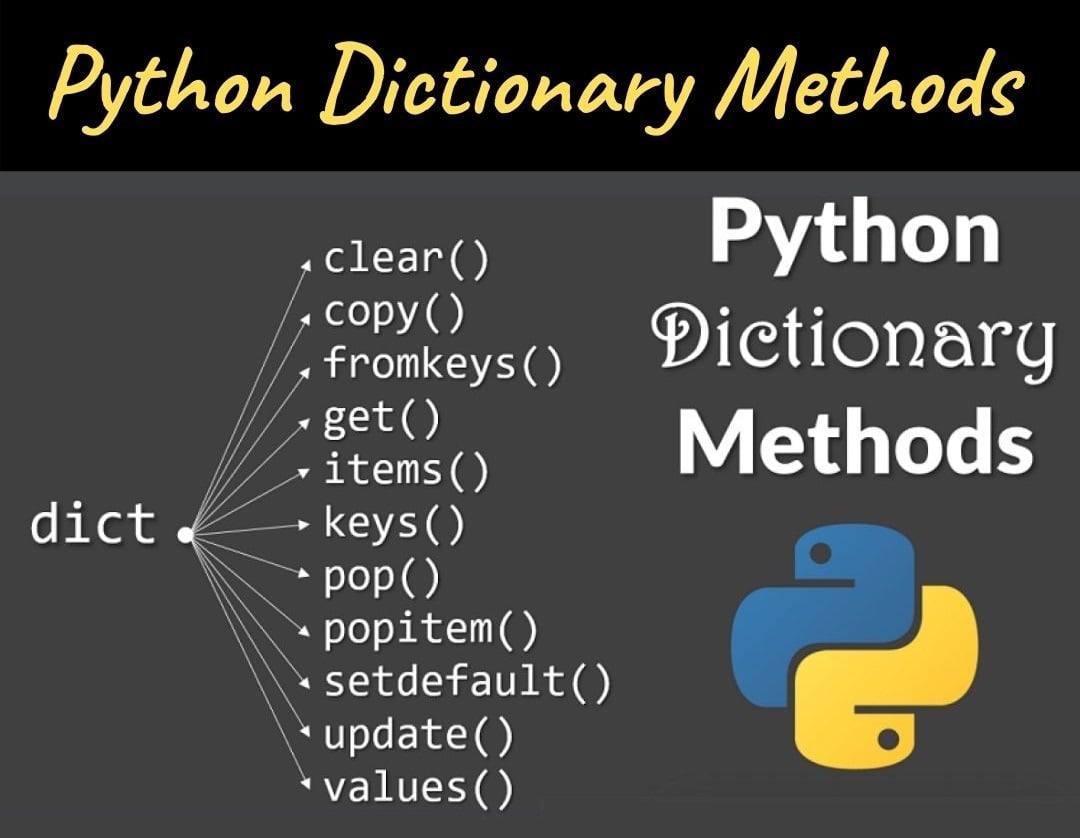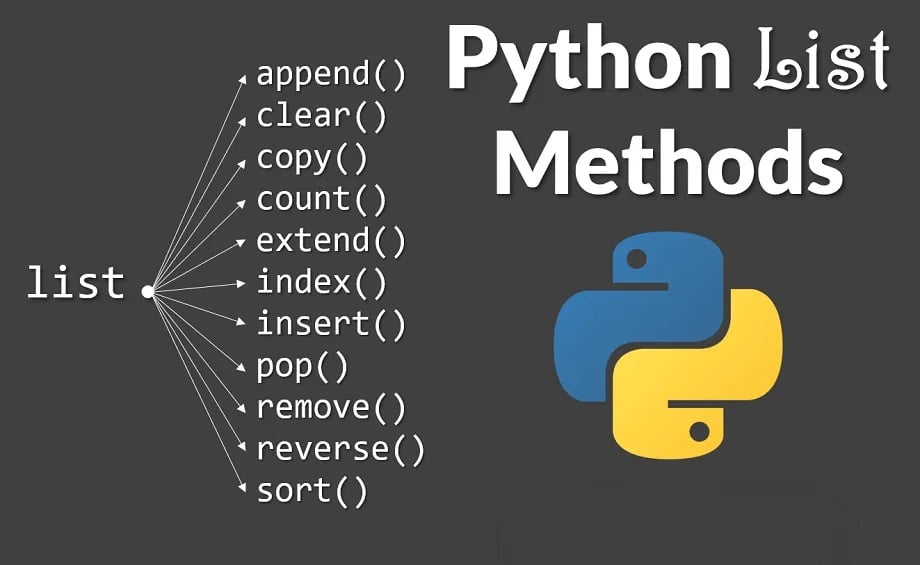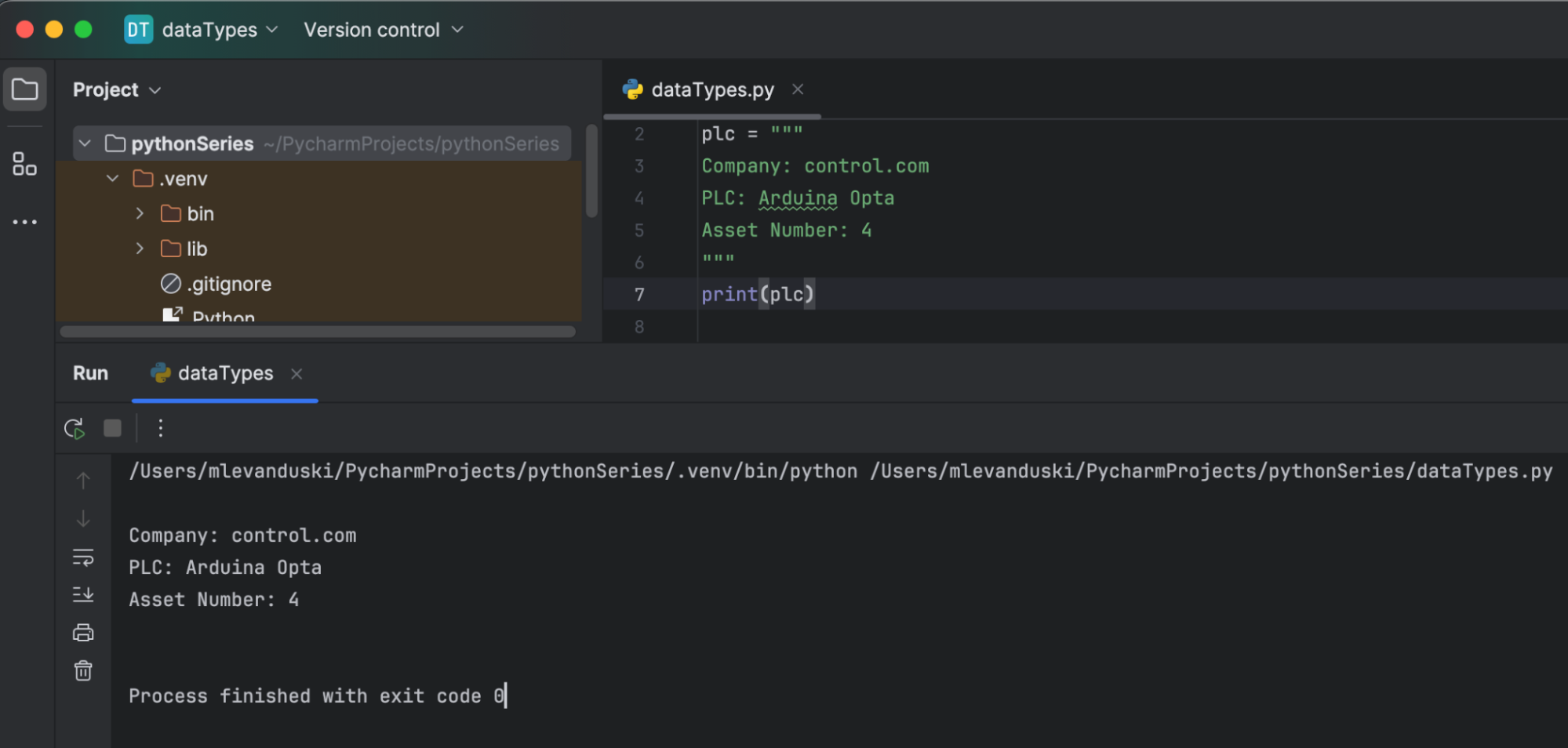Python Tutorial Part 4 | Data Structures: Dictionaries
Both lists and dictionaries can retain structured data in Python. The dictionary is unique in that it stores individual entries with human-readable logical names rather than index numbers. Following the previous discussion about data storage in the list format, the next most common type of data structure in Python is the dictionary. These new data types … Read more




